If you’re an allergy sufferer, spring fever takes on an entirely different meaning. Stricken with seasonal allergies as irritants like pollen, mold, and mildew start to fill the air, spring can be a sickly season. And while taking your allergy medicine is likely the best way to relieve your symptoms, there are other things you can do within your home to reduce the number of irritants in the air.
For example, spring cleaning is a good way to ensure you’re regularly removing irritants from your home’s environment. And appliances like air filters are another great way to reduce the amount of allergens you may come into contact with. But did you know that your area rugs can be natural air filters as well? It’s true!
So, what are the best rugs for allergy sufferers? Check out our hypoallergenic rug recommendations down below, all of which can improve your home’s air quality and trap allergens.
1. Polypropylene Rugs
The most reliable rug option for allergy sufferers are synthetic, polypropylene rugs. The polypropylene fibers are made to repel allergens and inhibit mold growth, meaning that they won’t house or release allergens into the air. This is what makes polypropylene rugs such a great option for the outdoors, but also for a home where allergies need to be taken into consideration.
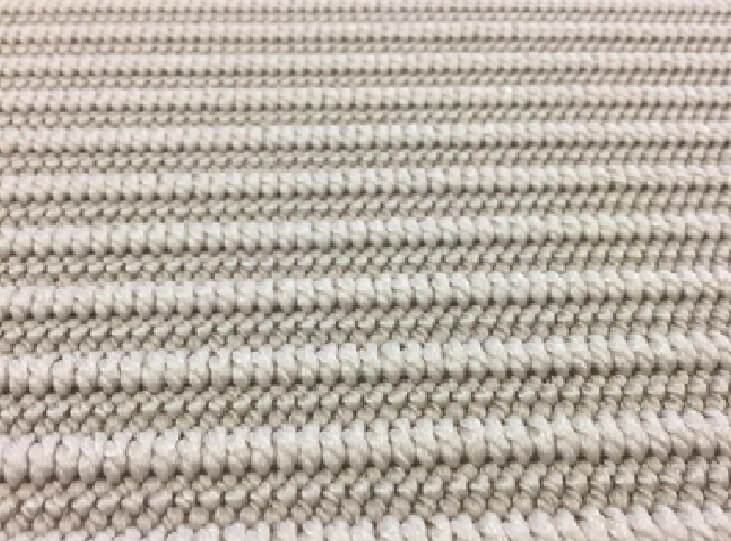
Another benefit to polypropylene rugs is that they’re low pile rugs, meaning they are tightly woven or looped rather than shaggy. Shaggy rugs tend to shed their loose fibers, serving as another potential irritant to sensitive noses.
2. Wool Area Rugs
Wool area rugs serve as a natural filter, trapping allergens and removing them from the air you’re breathing. As a naturally non-allergenic fiber, wool also prevents the growth of bacteria and dust mites. In fact, studies have shown that wool area rugs or carpets perform the best when it comes to resisting dust mite infestation. Beyond preventing dust and other common allergies, wool also wicks away moisture, helping to prevent against mold build-up.
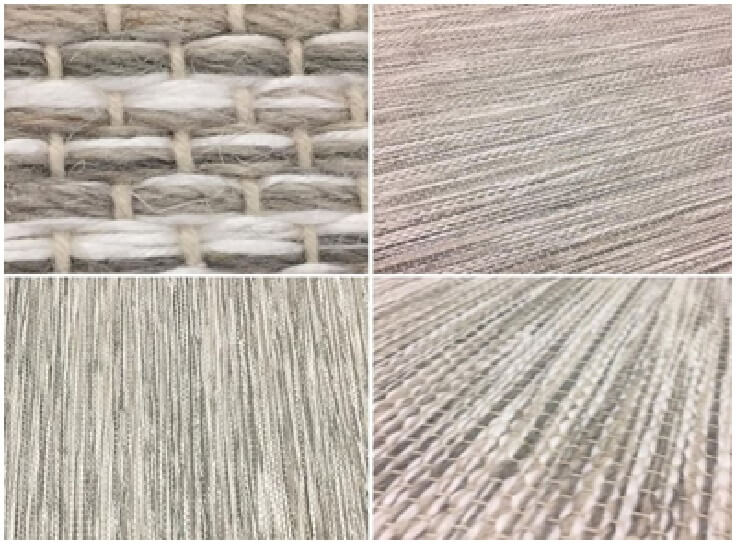
3. Sisal Area Rugs
Sisal area rugs are also low pile, making them thinner than other area rugs and a smart option for a hypoallergenic rug. Sisal fibers are also intricately woven, reducing the possibility for shedding. And because sisal rugs should never be cleaned with moisture, mold and mildew will avoid your sisal rug if you are caring for it properly and keep it dry.
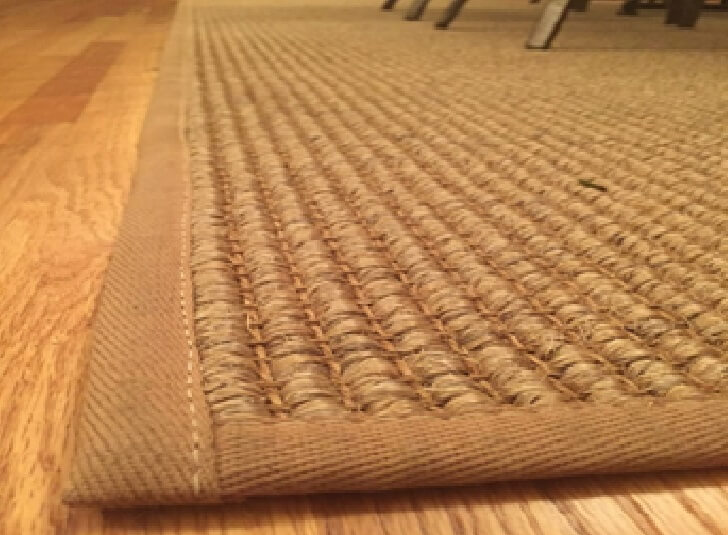
4. Jute Area Rugs
As a natural repellant of dust mites, jute area rugs are ideal in homes where dust allergies are common. As a natural fiber area rug, jute rugs are also thin with tight and strong fibers, preventing the release of rug fibers into the air and improving your home’s overall air quality.
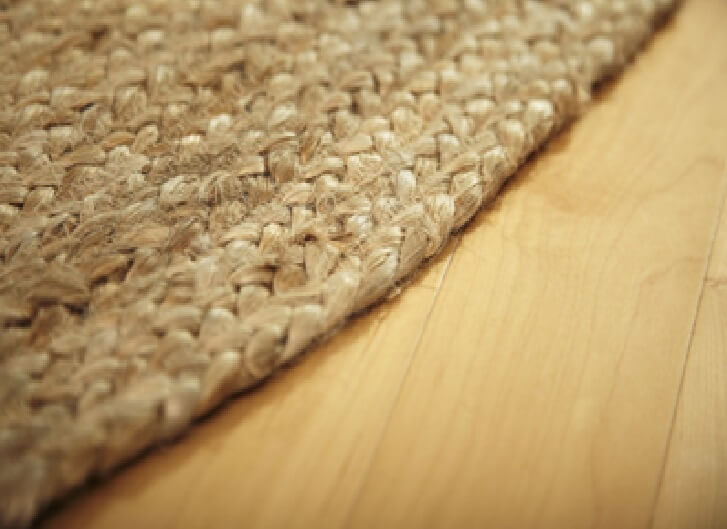
5. Grass Area Rugs
Like jute and sisal rugs, natural grass area rugs are also less likely to shed, reducing the number of irritants in the air. This includes natural grasses like seagrass and hemp. For allergy sufferers, this means that your home’s environment won’t be floating with as many irritants in the air.
While grass area rugs are ideal for their non-shedding properties, they do tend to have larger weaves, meaning they don’t filter the air as well as a polypropylene, wool, sisal, or jute rug. However, they’re still an excellent option that can improve your air quality.
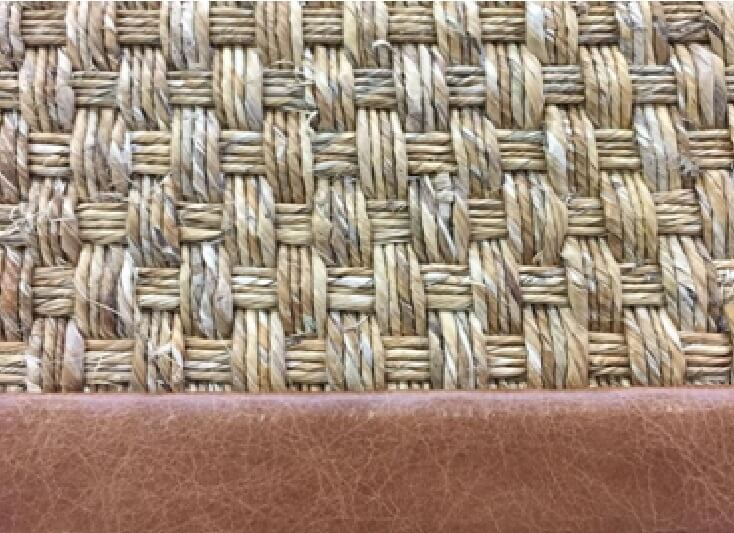
Allergy-Proof Your Home
The type of rugs you have in your home can make a huge difference when it comes to your indoor air quality, positively impacting allergy and asthma sufferers alike. In addition to getting the best rugs for allergy sufferers in your home, it’s also a good idea to make sure you regularly clean your area rugs to remove allergens from your home. Not sure how to clean them? Call or email us for more information!
